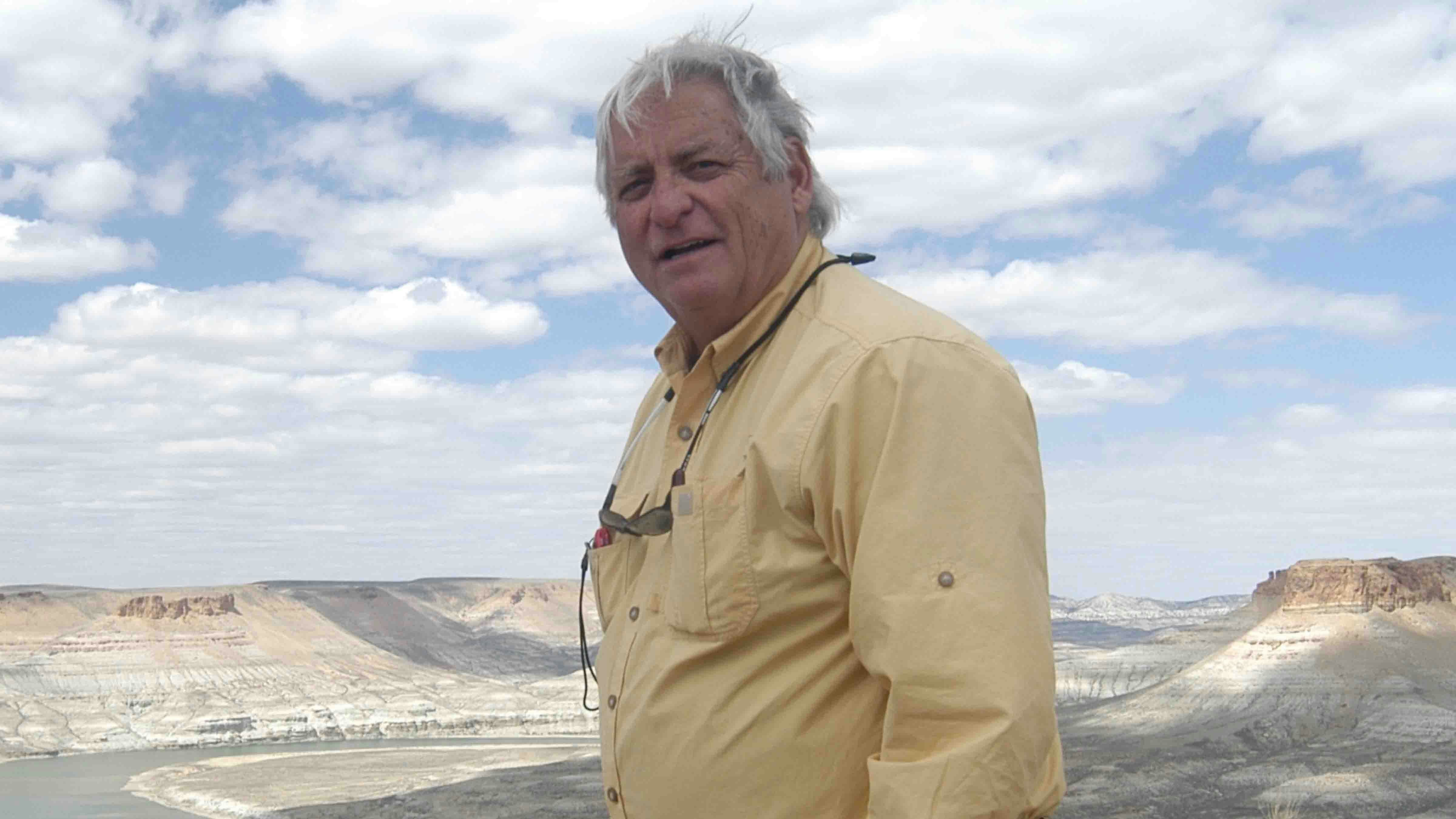Over beverages at the Buckhorn, my old amigo Walt Gasson and I reminisced about the “return” of wolves to Yellowstone. We agreed that it is a sordid tale of western love and betrayal. All it lacks is a high noon shootout on a dusty street.
It began in the very early days of Gov. Mike Sullivan’s second term, and Wyoming is still dealing with it today. I worked in Sullivan’s office at the time, and Walt was with the Wyoming Game and Fish Department.
In the early 90s, two things prompted us to give thought to returning wolves to Yellowstone.
The first inkling came when National Park Service ecologists were saying that elk were trampling riparian areas in the Park because they had no natural predators to chase them off the creek bottoms. There was a valid ecological reason to have those predators, since sport hunting in the Park was not an option.
The second event was a couple attempts to sneak wolf/dog hybrids into the Park. Eco-zealots in hippie vans had been stopped on highways leading into the area, carrying the crossbred critters that would have created havoc in “the last intact ecosystem” in the lower 48.
Clearly, someone had watched “Dances With Wolves” a few too many times.
The upshot was that an ad-hoc committee including the states of Wyoming, Idaho and Montana started meeting with the U.S. Fish and Wildlife Service, the National Park Service and stakeholders to talk about lobos. Gasson and I were tasked with filling seats on this committee by our bosses.
Thus began a lengthy often acrimonious process that led us to where we are today.
Government of the three involved states operated on the assumption that wolves would likely be reintroduced eventually, and the states would be better off to be involved in the process up front.
At the first meeting, the wolf reintroduction proponents said that they wanted to see wolves returned to the “Greater Yellowstone Ecosystem." And they produced a map that showed the Greater Yellowstone Ecosystem encompassing about a third of Wyoming.
The Wyoming contingent called bullshit on this idea, and asked for a new map. After much back and forth, the line for the reintroduction area was drawn around Yellowstone and Grand Teton National Parks, the Rockefeller Parkway and a couple of adjacent federally-designated wilderness areas.
The process of whittling down the map only took about a year
Next thing on the table was the management protocol should wolves be turned loose. The wolf advocates wanted them protected by the Endangered Species Act (ESA) everywhere, even if they wandered out of “the recovery area."
Again, the states called bullshit.
It's important to note that everyone at the table operated from a position of relative strength. All of the parties involved could play a pertinent law as a trump card. So it all boiled down to a negotiation.
What emerged was a hard-fought consensus that wolves would be released in the “recovery area” under a section in the ESA called the “experimental, non-essential population” option whereby if endangered wolves were re-introduced and ended up dying of whatever, nobody would go to jail for the attempt.
If the critters wandered across that boundary, they would come under the jurisdiction of the respective state wildlife agencies. That meant that wandering wolves could be treated as fur bearers, predators or trophy animals and hunted accordingly.
Once the wolf population in the recovery area reached certain numerical goals, restrictions on wolf control would be relaxed.
That was the agreement that was in place when Mike Sullivan and I left state government. We both left blood on the field.
A year or so later, wolves from Minnesota or someplace were officially trapped and released in Yellowstone. As soon as the first wolf paw hit the ground, the wolf advocates sued the crap out of everyone and crawfished on the original agreement.
That’s where we are today.
And we’re in this fluid and unstable position on wolf management because we’ve allowed wolves to become symbolic of something else. Wolves have become tools for membership drives and fundraising among interest groups, and we’ve lost the ability to manage them as the simple residents of ecosystems that they are.
If Cody Roberts taught us anything, it is that lesson.
Rod Miller can be reached at: RodsMillerWyo@yahoo.com





